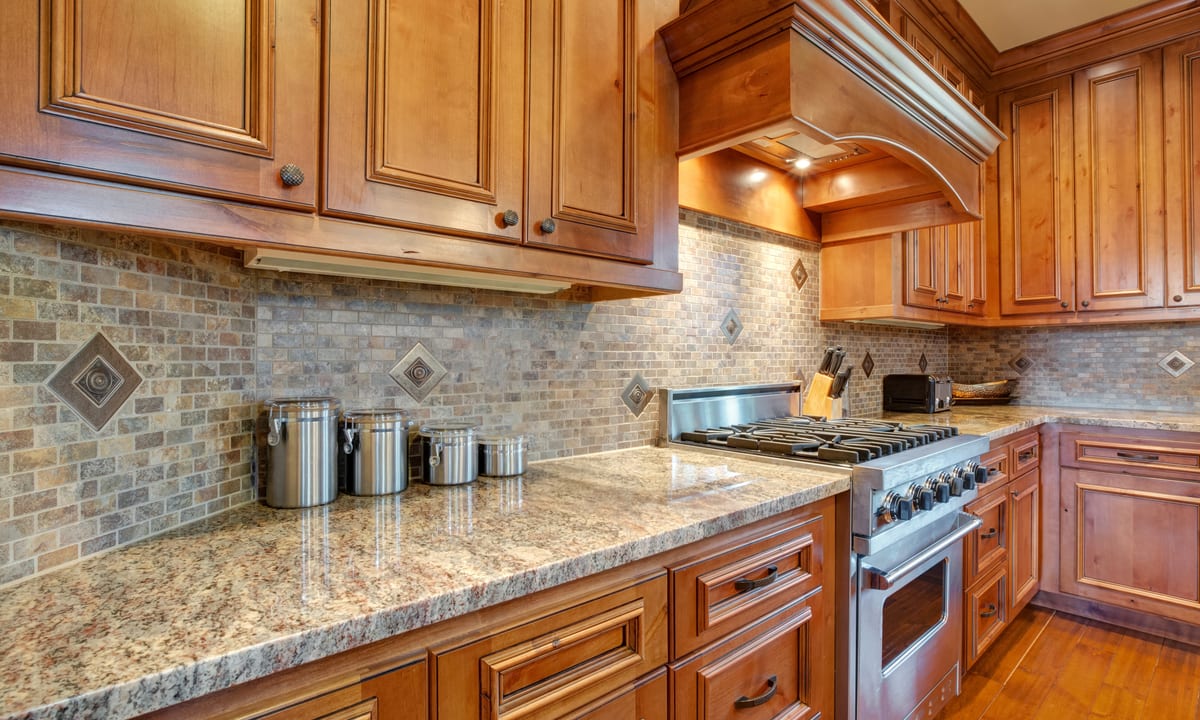Space-saving appliances and how to integrate them effectively
Small kitchens demand thoughtful choices. Space-saving appliances paired with intentional storage and organization help preserve countertops and streamline cleanup, mealprep, and everyday cooking. This article outlines practical ways to fit compact appliances into a functional layout while keeping cookware, cutlery, tableware, ceramics, and utensils organized.

Space is one of the defining constraints in many contemporary homes, and the right approach to compact appliances can transform a cramped kitchen into a productive, pleasant workspace. Effective integration balances the footprint of appliances with storage and organization, considers countertop workflow for mealprep and cleanup, and factors in material choices like ceramics and sturdy cookware so items remain accessible without cluttering surfaces.
How do appliances affect spaceplanning and countertops?
Selecting compact or multifunctional appliances reshapes how you plan counters and traffic flow. Countertops are the most visible real estate in a kitchen; placing a slim-profile oven, an under-counter dishwasher, or a counter-depth refrigerator can free walking space and preserve prep zones for chopping, mixing, and plating. Spaceplanning should map appliance doors, ventilation needs, and electrical outlets so cookware and utensils don’t end up crowding key areas.
Consider appliance placement relative to mealprep stations: having a compact microwave above a prep area or a drawer-style dishwasher near the sink reduces unnecessary steps and keeps countertops clearer for tableware staging and plating. Balancing permanent appliances with flexible countertop items maintains both form and function.
Storage and organization for compact appliances
When appliances are smaller or multifunctional, dedicated storage for associated items becomes more important. Use vertical shelving, pull-out drawers, or appliance garages to house blenders, mixers, and small cookware. Organizers that separate cutlery, utensils, and small gadgets make it easier to grab what you need during mealprep without searching through crowded cabinets.
Rethink inside-cabinet organization: stacked racks for tableware, tiered trays for ceramics, and slotted dividers for cutting boards preserve space and protect fragile items. Good organization reduces countertop spillover and keeps cleanup tools at hand.
Arranging cookware, cutlery, and tableware
A compact kitchen benefits from intentional zones: a cookware zone for pots and pans, a cutlery drawer near the dishwasher, and tableware storage close to the dining area or serving station. Nesting pans and using space-saving lids or stand systems lets you store more cookware in less volume. Magnetic strips for knives and hanging rails for frequently used utensils free drawer space and speed mealprep.
Stackable or modular tableware and ceramic sets can be arranged to minimize wasted space while keeping items protected. Prioritize accessibility for frequently used pieces and place less common items in higher or deeper storage.
Sustainability and ceramics in small kitchens
Sustainability can align with space planning: choosing durable appliances with long lifespans reduces waste, and selecting multipurpose cookware and utensils limits the number of items you need to store. Ceramics and other breakable tableware can be stored safely in padded, designated sections to prevent damage and encourage mindful use.
Energy-efficient compact appliances often use less power and may have smaller footprints, which supports both sustainability and a tidier kitchen. Evaluate repairability and material quality when selecting pieces to avoid premature replacement.
Utensils, mealprep tools, and easier cleanup
Streamlining utensils and mealprep tools simplifies both cooking and cleanup. Keep a curated set of essentials—spatula, tongs, ladle, whisk—accessible near the main prep surface, and store specialty tools out of the way. Countertop utensil holders can be compact and portable so they’re easily moved during cleanup.
Designating a landing zone for dirty dishes and a compact drying solution or small dishwasher ensures that cleanup doesn’t encroach on prep space. Efficient cleanup practices reduce the need for excessive countertops devoted to drying or staging.
Design tips for countertops and spaceplanning
Integrate appliances with the countertop material and edge planning: choose durable surfaces that tolerate heat and moisture, and plan for backed-in nooks where small appliances can sit behind a retractable cover. Open shelving adjacent to countertop workspaces provides quick access to ceramics, tableware, and frequently used cookware while reinforcing organization.
Lighting, backsplash choices, and clear sightlines improve usability in small kitchens. A consistent visual palette and thoughtful placement of appliances help spaces feel larger and more intentional.
Conclusion Integrating space-saving appliances is an exercise in matching device selection with deliberate storage, thoughtful organization, and clear workflow planning. By grouping related items—cookware, cutlery, tableware, and utensils—near their points of use, designing countertops that accommodate daily tasks, and choosing durable materials and energy-conscious appliances, a compact kitchen can perform like a larger one while supporting sustainable habits and efficient cleanup.





